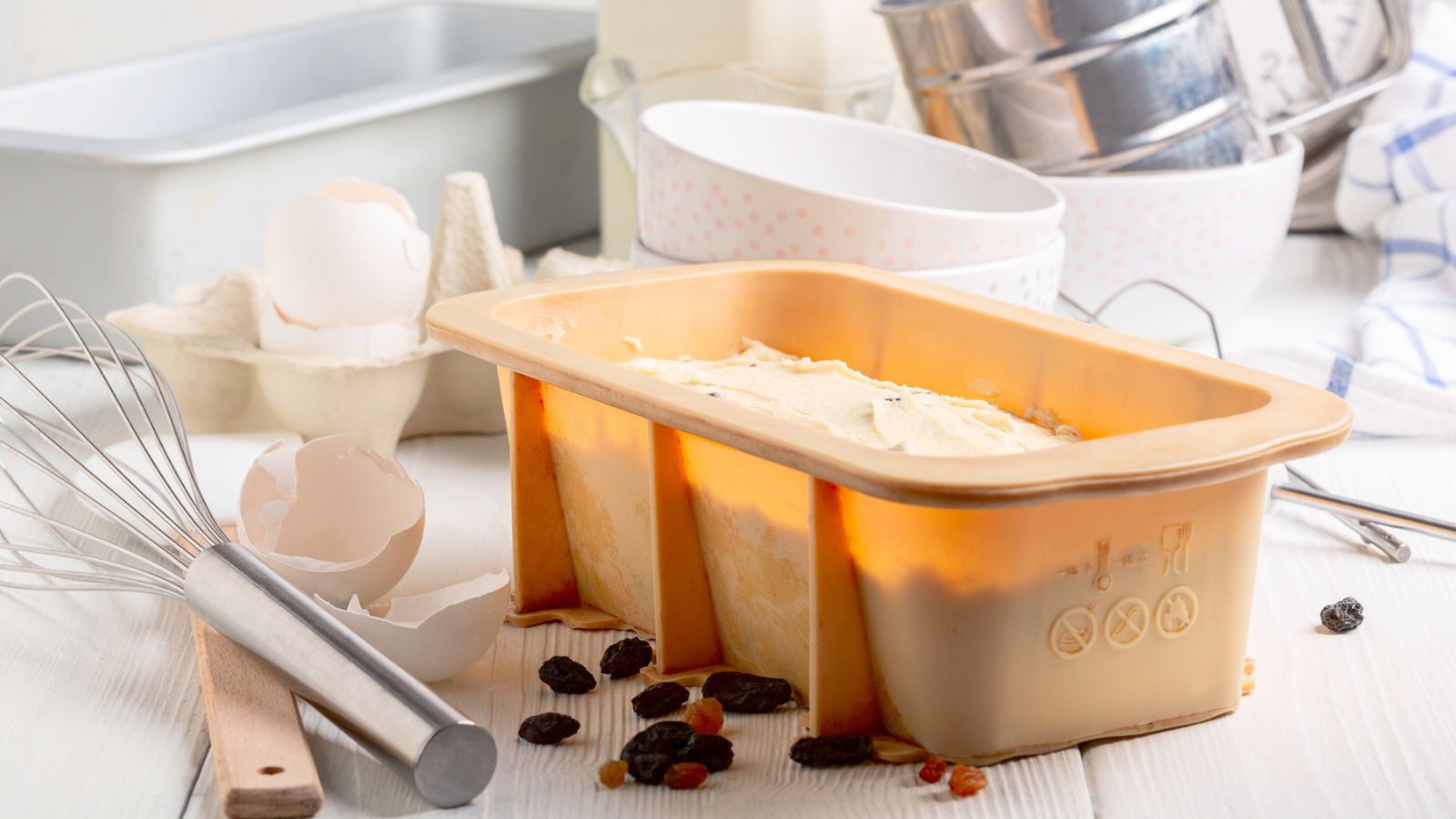Can you put silicone in the oven? The warnings home cooks need to heed
Short answer: yes, it is deemed safe to put silicone in the oven – but there are caveats


When you think of traditional bakeware, it’s likely that metal and glass are the first things that come to mind, but silicone bakeware is becoming more and more common. Silicone bakeware is not only food- and oven-safe, it comes in a variety of colors, shapes, and sizes making it easier than ever to customize your dishes.
Even so, some home-cooks are hesitant to jump on the silicone bandwagon for fear that the material isn’t as safe as the metal and glass pieces that they’re used to. While there are some cons to working with silicone bakeware, the material was deemed food-safe by the FDA (Food and Drug Administration) in the 1970s – it might surprise you that it's not one of those things that shouldn't go in the microwave. This means that the silicone itself will not leak into your food as the temperature changes.
However, if you’re about to dip your toes into the silicone bakeware world, make sure you seek out pieces that are made from 100% food-safe silicone to ensure quality.
What is silicone?
If you’re unfamiliar with silicone, it is a soft, flexible material. According to the experts at Iowa State University, silicone is 'created from a mixture of silicon, a naturally occurring element on the earth’s crust, combined with carbon and/or oxygen to create a rubber-like substance'.
What are the benefits of silicone bakeware?
Silicone can be molded into just about any shape, so you can find bakeware pieces in a variety of styles that aren’t available in the traditional metal and glass. Classic bakeware pieces like loaf pans, muffin pans, and cake pans all come in silicone as well. The material is also available as cupcake liners and baking sheets that can be flexed.
Another benefit of silicone is the fact that it’s non-stick and easy to clean. Not only can you hand wash the material, it’s also safe to go in the dishwasher and you can boil it if you ever need to sanitize your bakeware.
Is silicone safe to use in the oven?
The short answer is yes. But there are some nuances. Most silicone bakeware is safe in the oven up to 428℉ (220℃), but some pieces may be safe up to a higher temperature. It’s important to double check the specifics from the manufacturer before using silicone in the oven to make sure you’re using an appropriate temperature.
Design expertise in your inbox – from inspiring decorating ideas and beautiful celebrity homes to practical gardening advice and shopping round-ups.
Is silicone safe to use in the microwave?
Yes, silicone is also safe to use in the microwave to heat up leftovers as well. The material will not melt as it heats up, and you can actually put silicone directly into the microwave from the freezer.
The main thing to keep in mind while using silicone in the microwave is that the material may get hot as well, so make sure to grab from the sides and consider using oven mitts to avoid touching a too-hot dish.
Is silicone safe to use in the freezer?
Silicone is safe to use in the freezer and you can find a variety of silicone products designed specifically for freezer use. Silicone ice cube trays are wildly popular and come in a variety of aesthetically pleasing shapes, think: large square cubes you might find at a high-end cocktail bar, small spherical cubes, and your typical ice cubes as well.
Where to shop the best silicone bakeware
- Find the best silicone bakeware at Walmart
- Shop Amazon's huge silicone bakeware range
- Buy silicone bakeware at Target
FAQs
Will silicone melt in the oven?
If you buy oven-safe silicone bakeware it is extremely unlikely to melt in the oven. Most silicone bakeware can withstand temperatures up to 428℉ (220℃), though some items may withstand a higher temperature. Always double check with the manufacturer's instructions before using silicone in the oven to make sure you’re using an appropriate temperature.
Do you put silicone bakeware directly on the oven rack?
Yes, you can put silicone bakeware directly on an oven rack, however, some can be a little 'floppier' when heated, so putting it on top of a metal cooking tin can make it easier to handle and remove from a hot oven.

Bridget Mallon is an experienced design and lifestyle editor with over a decade of experience in the field. She was previously the Editorial Director at The Spruce and MyDomaine and has held positions at Apartment Therapy, HGTV, Elle Decor, and Veranda. Her work can also be found on sites like Cosmopolitan, Esquire, The Huffington Post, and House Beautiful. Bridget studied journalism through the Honors Tutorial College at Ohio University. She graduated Magna Cum Laude in 2013. Bridget writes about all things home for Homes & Gardens.